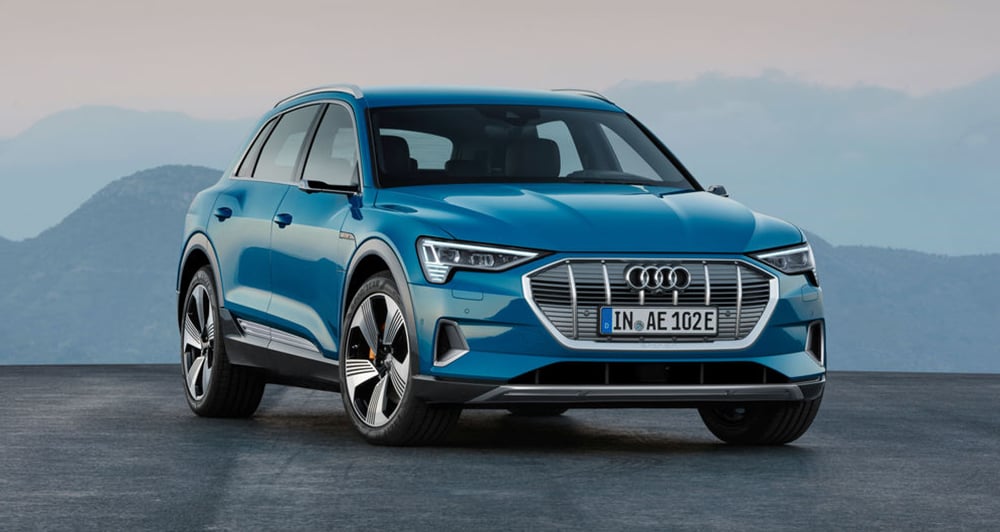
Last week, members of the off-road driving community were posting pictures of 4×4 vehicles being flagged down by Land Transportation Office agents before entering the North Luzon Expressway. Their violation? The vehicles simply happened to have been modified for off-roading. The owners were taken to task for having installed a host of items on their cars—from fog lamps and steel bumpers to tow hitches and bigger wheels. Even roof racks weren’t spared, apparently.


I thought it was a bit too ridiculous—and that the posts may have been a little exaggerated—until I read an article on another website quoting an LTO official as saying that modifications or add-ons to a vehicle (4×4 or otherwise) that are not part of the original or stock design are illegal. I learned that even changing your wheel or tire size is considered a violation. I was in utter disbelief that this was happening because, as someone who has been in the automotive wheel industry for almost 30 years, I know for a fact that aftermarket wheels and tires go through stringent tests to ensure they have safe load, speed, impact and fatigue ratings that comply with (and often exceed) the standards used by automakers. These products are used in the toughest deserts of Saudi Arabia and on the fastest autobahns of Germany.



I thought to myself: Where did these regulators come from? How could they implement the same set of regulations used on dilapidated jeepneys and rickety trucks to outlaw standardized aftermarket products that are on a par with—if not even better than—OEM parts?

Thirty to 40 years ago, the original rims of a Mercedes-Benz were sized 13 to 14 inches. Today they measure 17 to 20 inches, with corresponding calibrated tires. The LTO supposedly insists on “no changing of rim size” for all vehicles. I bet they don’t even understand the modern-day principle of inching up tire packages. For example, it is common knowledge that the Toyota Fortuner comes with 17- to 18-inch wheels with no complications to the suspension precisely because there is a proper way of doing this. All of the wheel-and-tire combinations are expertly configured to suit the comfort levels of each model (as well as the purpose of the vehicle).

I always use shoes to illustrate wheels and tires. Should a mountaineer stick to leather shoes because his school or office requires him to wear them? Should a basketball player shun sneakers because his church bans their use? Do we now tell our soldiers that their boots are not allowed on the pavement? I could go on and on, but I think I’ve made my point.

NOTE: The photographs used in this article were taken during an off-road driving activity hosted by Yokohama and Black Rhino in Tanay earlier this year.











Comments